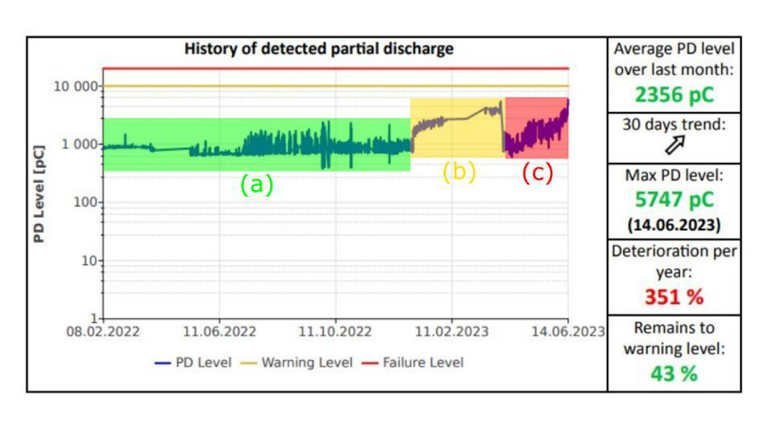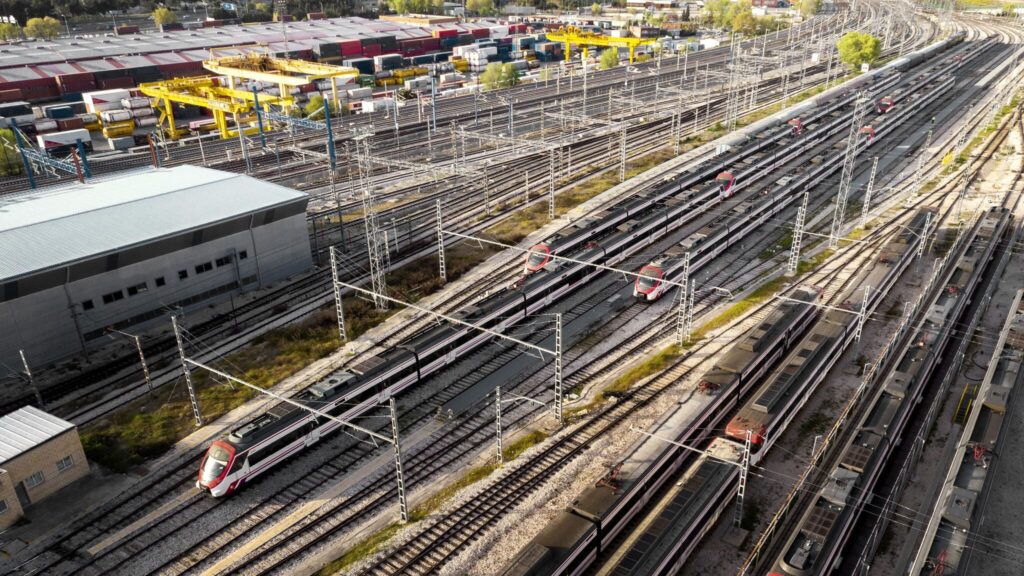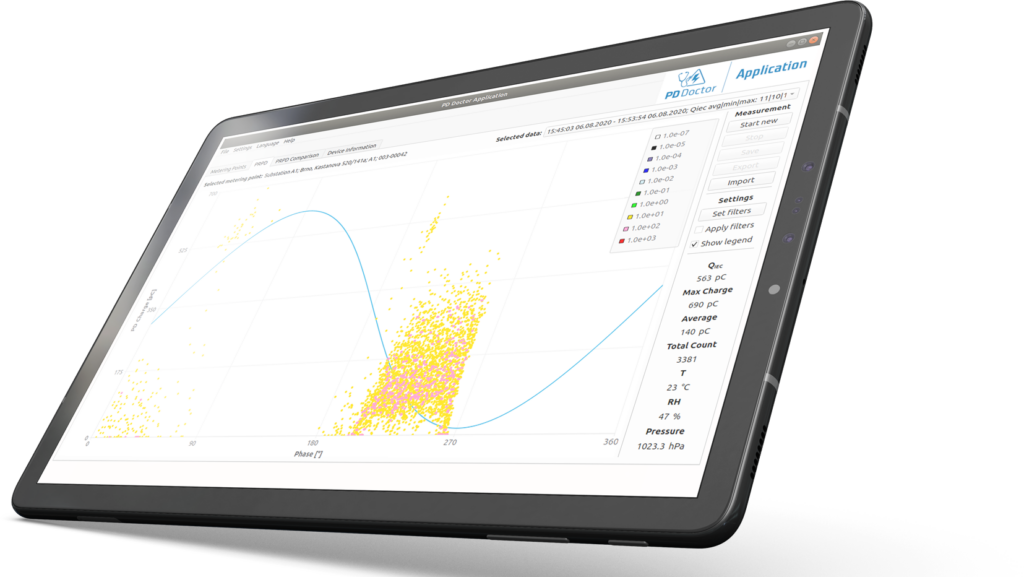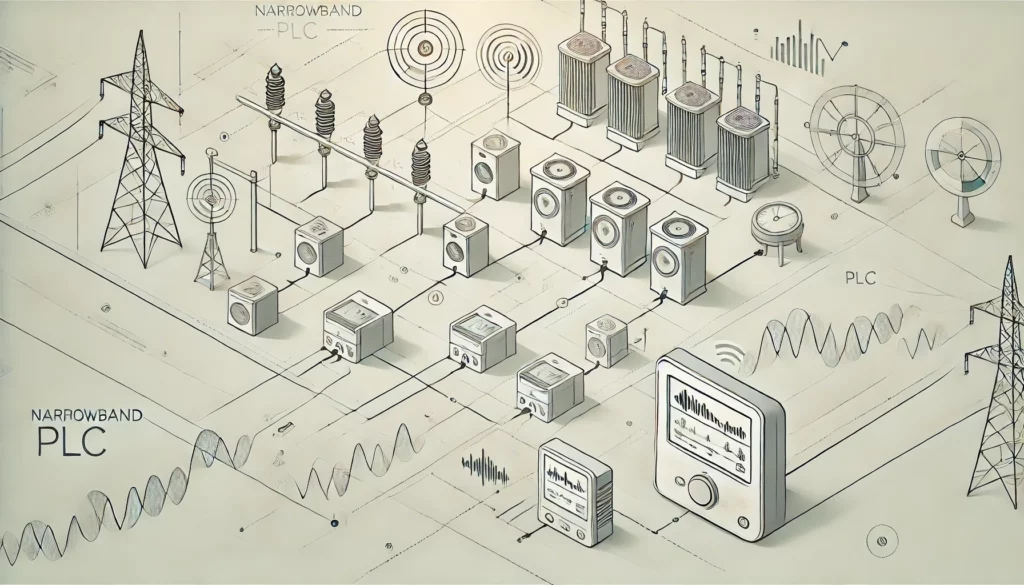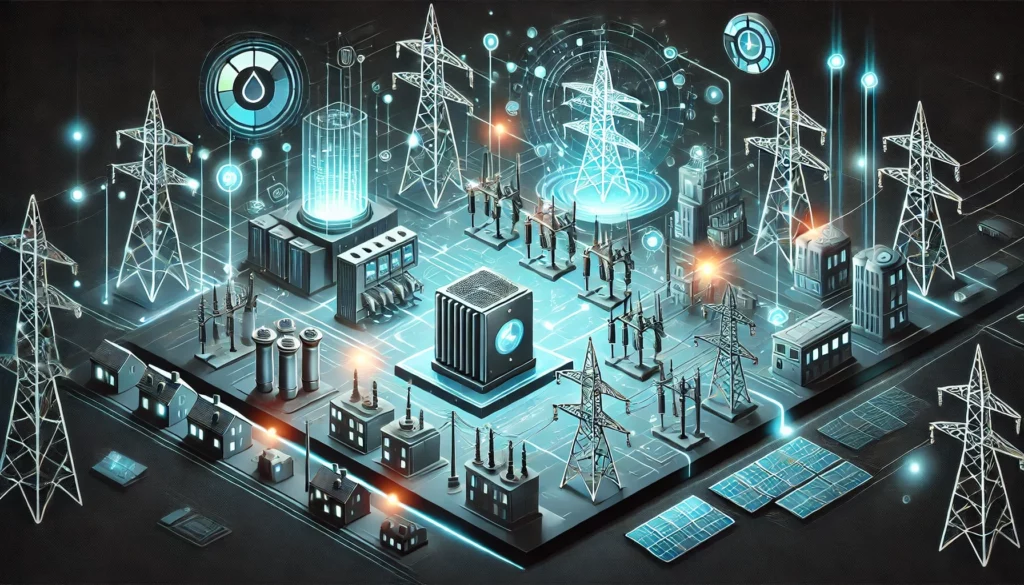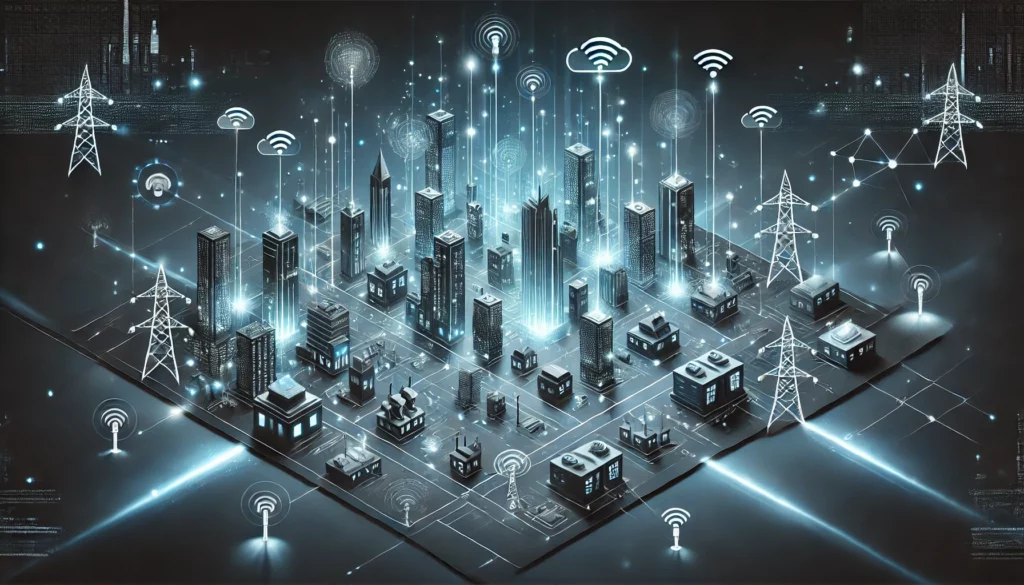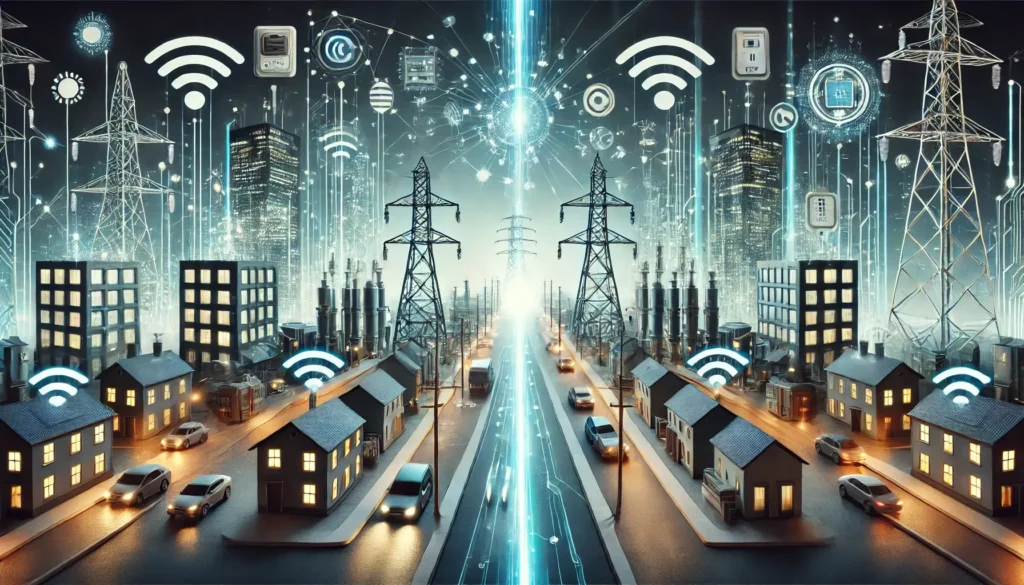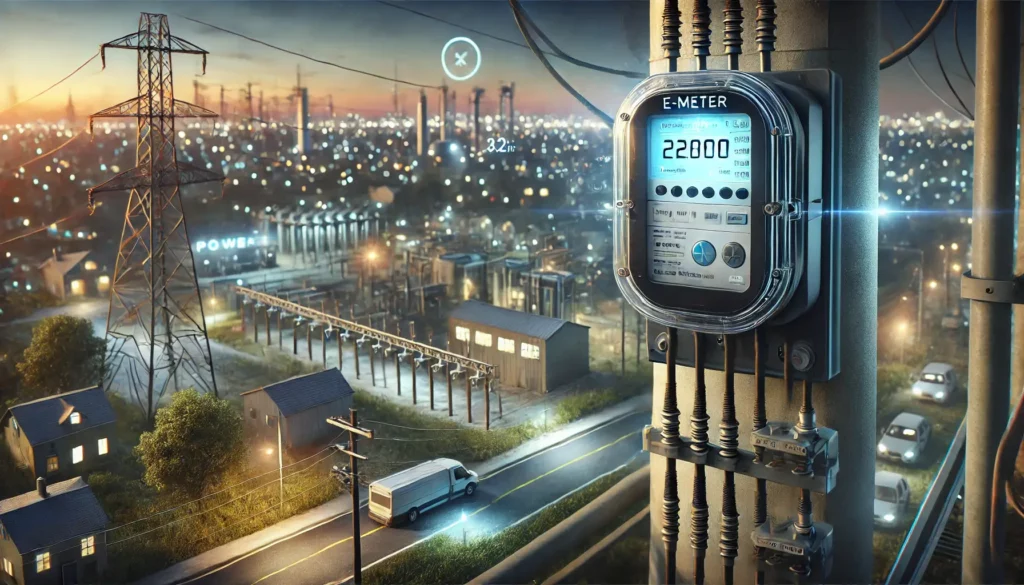We were tasked to provide continous online partial discharge monitoring system, to enhance the safety and reliability of a vital energy distribution point in Poland. Site inspection led us to deploy the PD Doctor system within a 15 kV transformer station, and subsequent to a successful installation, a period of stable discharge activity was observed. […]
Knowledge Base
How Partial Discharges affect railway traction system
☕ 📰 Partial discharges (PD) represent a critical concern in railway traction systems due to their potential to degrade insulation, leading to equipment failure and safety hazards. Understanding the determination and influence of PD in these systems is crucial for ensuring reliable and safe operation.☕ 📰 How to determine partial discharges? 💻 Firstly, the determination […]
What is a partial discharge?
Partial discharge (PD) is a type of electrical breakdown that occurs when only part of the insulation between two conductors is damaged. This results in localized increase in electrical current, which can cause damage to the surrounding insulation. Partial discharge can occur in any type of electrical equipment but is most commonly found in high-voltage […]
Narrowband PLC Communication – an Excellent Diagnostic Tool
Within the smart grid, PLC communication over high voltage (230 V) belongs to the dominant transmission channels. The area of the operated territory is often up to 1km2 , and there are plenty of factors with negative influences on PLC signal strength, including topology changes, parasitic impedance from customer behaviour, or significantly high disturbance because customers […]
Smart Grids: Data Concentrator or Gateway?
Since the establishment of communication networks, it has been necessary to choose between centralised and decentralised solutions. However, there are not only two solutions – it is also possible to choose different levels of decentralisation. What level of decentralisation is suitable depends on a number of parameters. The main parameters include connectivity between different network […]
Communication channels – source of smart system economic benefits
There are a few imperfections in contemporary smart systems currently being used in power engineering. The slowdown or halt in the installation of new smart systems (primarily smart electrometers) force us to ponder and analyse this situation. Unfortunately, we can clearly see that the proclaimed words ‘standardisation’ and ‘interoperability’ were merely a way to get control […]
What Smart Grid utilities really need
In May 2016, there was an inconspicuous news item in the press about the beginning of consumption trading on the energy market. In other words: consumers will receive payment for allocated consumption. Unfortunately, this is one of the first, tangible outputs of the European Commission’s ’20-20-20 strategy’. The Challenge of Energy Investment The key question is, […]
Are Wireless Links killing Power Line Communication?
IoT, sub-GHz, LPWAN… Everyone who is aware of contemporary trends in telecommunication technology and its evolution could not have missed these ‘magical’ abbreviations. All prominent manufacturers of microcontrollers, sensors, communication chipsets and their components offer some ‘IoT ready’ components. At first, it may seem the bells have tolled for PLC (power line communication) and that the future […]
Smart Grid and Smart City
The idea of smart grids and smart cities are based on EU directive 27/2012 which defines objectives and operations for energy demand decrease (carbon footprint) across a multitude of activities. They share a number of joint characteristics: Smart cities and smart grids are actively promoted because they are expected to drive cost savings. However, they are […]
E-meter: Soldier for the war on blackout
The technical parameters for an e-meter are defined by totally outdated standards today. These standards do not reflect the current state of knowledge and real state of the power supply system. European bureaucrats introduce savings based on smart meter rollouts, but they do not quite take into account the way of connection to the end […]

